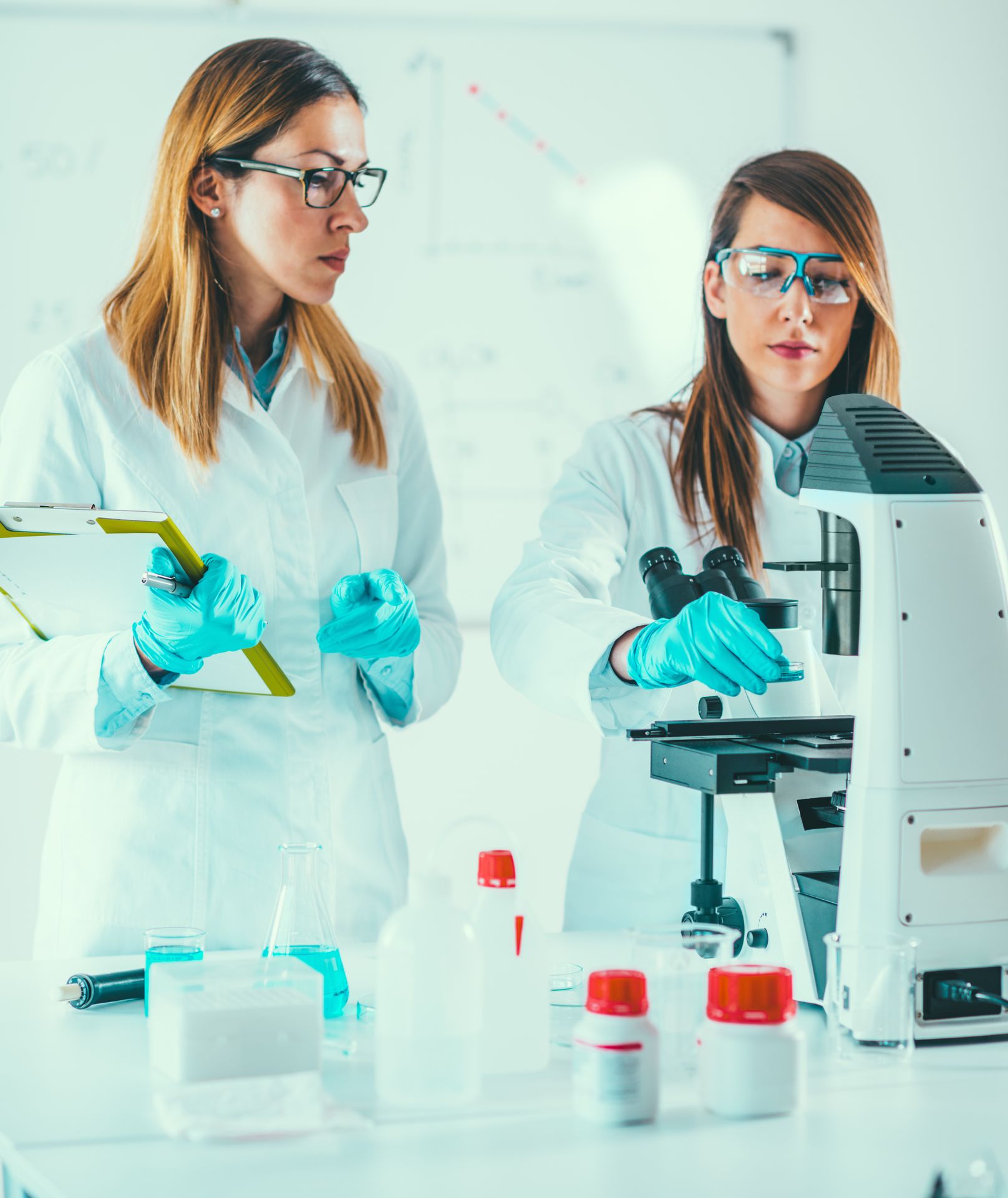Basic Lab Techniques: Essential Protocols for Laboratory Success
Titration of Retrovirus: Quantifying Viral Concentration
This protocol describes the method for titrating retroviruses, which is crucial for determining viral concentration in experiments. By using serial dilutions and measuring infection rates in target cells, researchers can assess the potency of retroviral vectors, ensuring accurate dosing in gene therapy applications.
Pipette Calibration: Ensuring Accurate Liquid Measurements
Pipette calibration is fundamental for maintaining precision in laboratory measurements. This protocol outlines the steps for calibrating pipettes using standard solutions and weighing methods, helping to reduce variability in experimental results and ensuring reliability in quantitative analyses.
H and E Stain (Full Protocol): Visualizing Tissue Histology
Hematoxylin and eosin (H&E) staining is a cornerstone technique in histology for visualizing tissue architecture. This comprehensive protocol covers the staining process, from fixation to microscopic examination, enabling researchers to assess tissue morphology and identify pathological changes in various samples.

Weil’s Myelin Stain: Highlighting Myelinated Structures
Weil’s myelin stain is used to specifically visualize myelinated structures in tissue sections. This protocol provides step-by-step instructions for preparing and applying the stain, making it invaluable for studies on neurological tissues and demyelinating diseases.
Various Procedures in Model Building Using Coot: Enhancing Structural Biology Studies
Coot (Crystallographic Object-Oriented Toolkit) is a software tool used for model building in structural biology. This protocol describes various procedures for constructing and refining molecular models, enabling researchers to visualize protein structures and gain insights into their function and interactions.
Voges–Proskauer Test: Identifying Fermentation Pathways
The Voges–Proskauer test is a biochemical test used to detect acetoin production by bacteria. This protocol details the steps for performing the test and interpreting results, providing insights into microbial metabolism and assisting in the identification of bacterial species.
Methods to Determine the Size of an Object in Microns: Accurate Measurements in Microscopy
This protocol outlines techniques for measuring the size of microscopic objects in microns using microscopy. It includes the use of calibrated eyepieces and software tools, ensuring accurate quantification of cellular structures, microorganisms, and other small entities in research.
Fixation & Tissue Processing Protocol: Preserving Tissue Samples
This protocol details the steps for tissue fixation and processing, essential for maintaining cellular morphology and structure in histological samples. It covers fixation agents, embedding techniques, and sectioning methods, allowing for high-quality tissue analysis in various applications.
Microscope Techniques (1): Fundamentals of Light Microscopy
This protocol introduces fundamental techniques in light microscopy, including sample preparation, focusing, and imaging. By mastering these techniques, researchers can enhance their ability to visualize biological specimens and obtain clear, informative images for analysis.
Microscope Techniques (2): Advanced Imaging Techniques
Building on the fundamentals, this protocol covers advanced microscopy techniques such as fluorescence microscopy, phase contrast, and differential interference contrast (DIC). These techniques enable researchers to explore dynamic biological processes and visualize specific cellular components with high resolution.
H & E Stain Troubleshooting: Overcoming Common Issues
This troubleshooting guide addresses common problems encountered during H&E staining, such as inadequate staining intensity, uneven coloration, and tissue artifacts. By providing solutions and tips for optimal staining, researchers can improve their histological analyses and obtain reliable results.
H and E Stain Protocols: Standardizing Staining Procedures
This collection of H&E stain protocols outlines variations and optimizations for the staining process. By standardizing these protocols, researchers can achieve consistent results in tissue characterization and ensure comparability across different studies.
Electrophoresis Protocols (11-26): Analyzing Nucleic Acids and Proteins
This set of protocols focuses on various electrophoresis techniques used for separating and analyzing nucleic acids and proteins. Detailed procedures for agarose and polyacrylamide gel electrophoresis are included, providing researchers with the tools to visualize and quantify biomolecules.
Electrophoresis Protocols (1-10): Fundamental Techniques for Biomolecule Separation
This initial set of electrophoresis protocols covers the basic methods for preparing gels, loading samples, and running electrophoresis. These techniques are essential for the analysis of DNA, RNA, and proteins, enabling researchers to perform genetic and proteomic studies effectively.

Lab Safety in Life Science: Ensuring a Safe Working Environment
This protocol emphasizes the importance of laboratory safety in life sciences. It covers guidelines for safe handling of biological materials, use of personal protective equipment (PPE), and emergency procedures, ensuring a secure working environment for all researchers.
